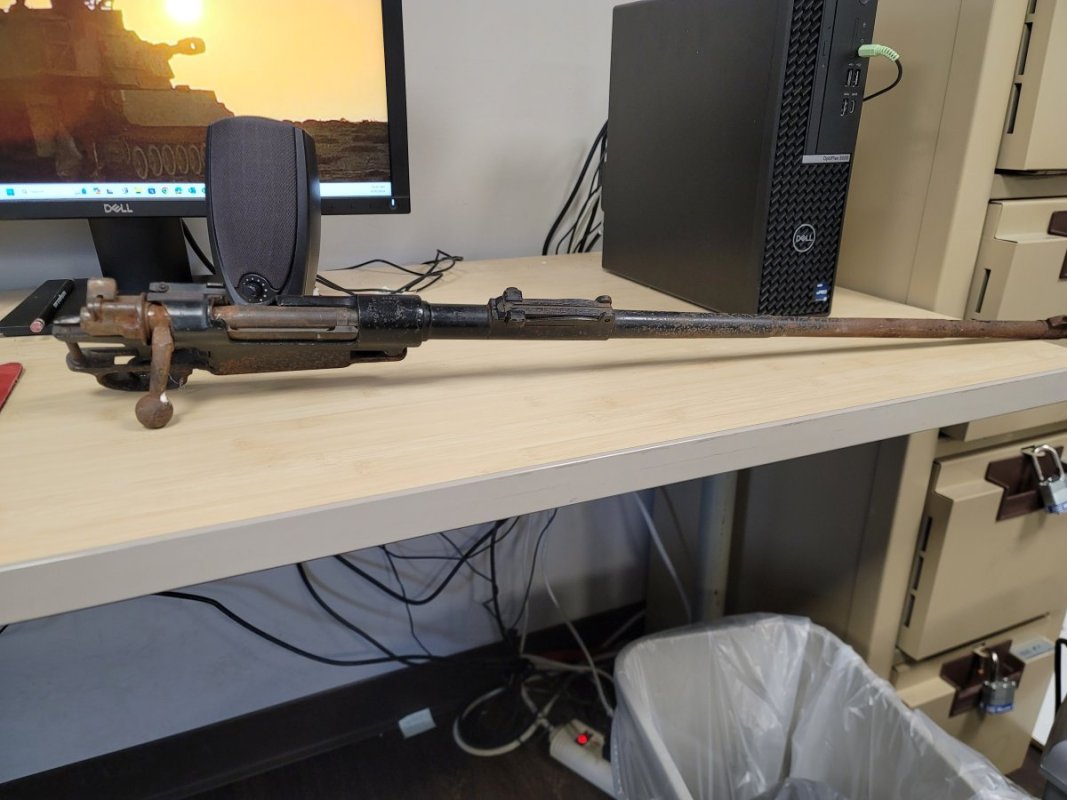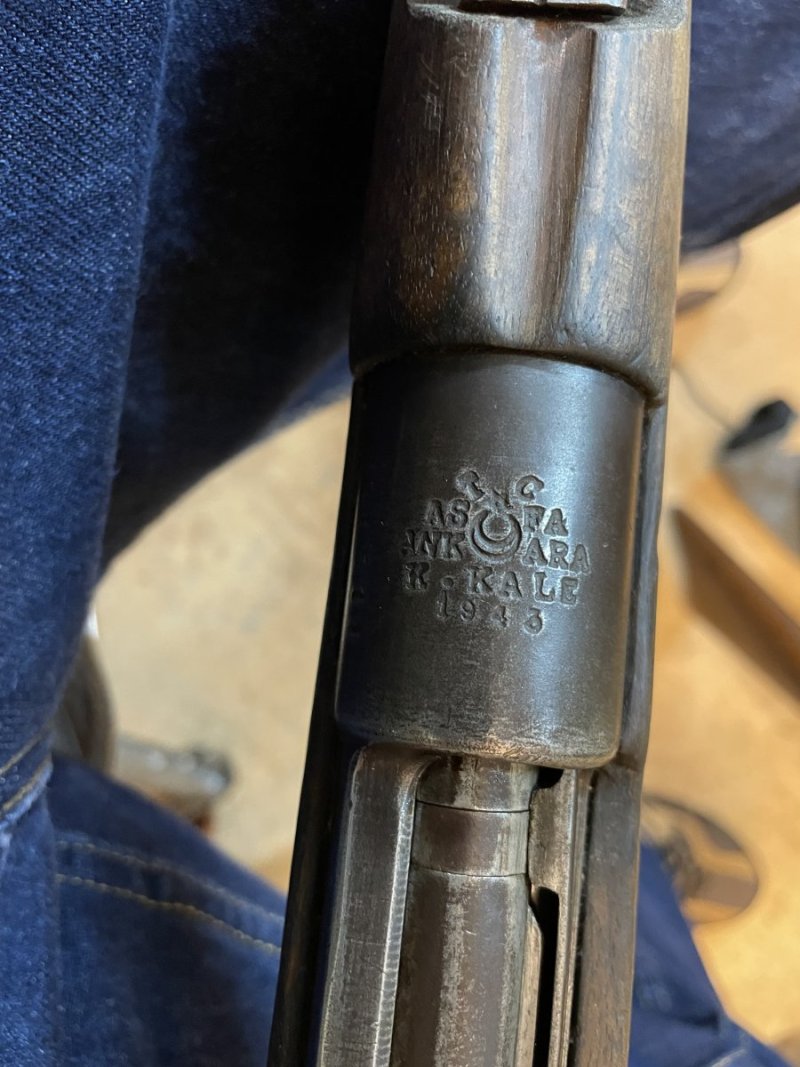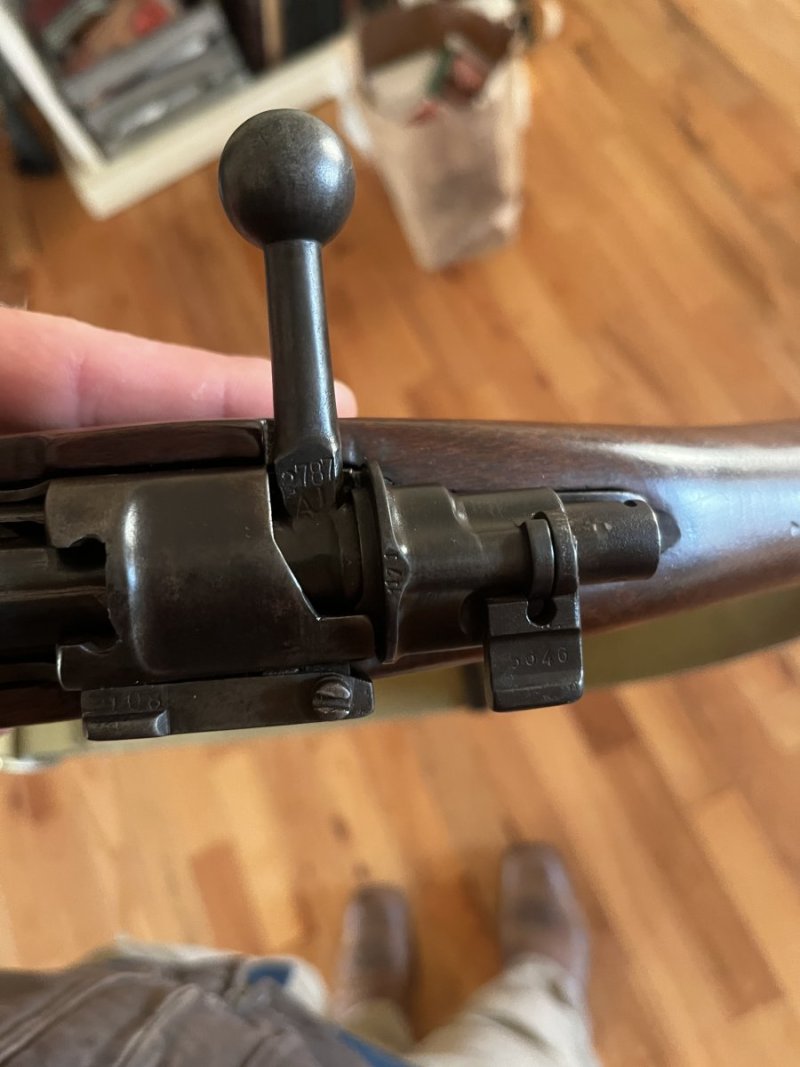I'll be surprised if the Korean ones are as bad as stated. At least not as bad as the last imports from S America or some other third world country. Either way I'd take my chances on a worn garand or carbine.
I think a lot of the uncertainty comes from the known quantities of corrosive ammo made in Korea post 53 and their indifference in using it. I completely agree, I'd love to have the opportunity to grab several of them...if I could have time to really look over them. CMP will be able to take the best available parts for the build, hopefully it'll be large quantities.










